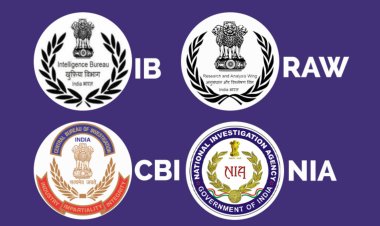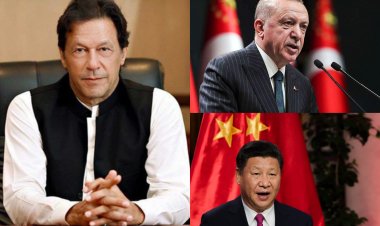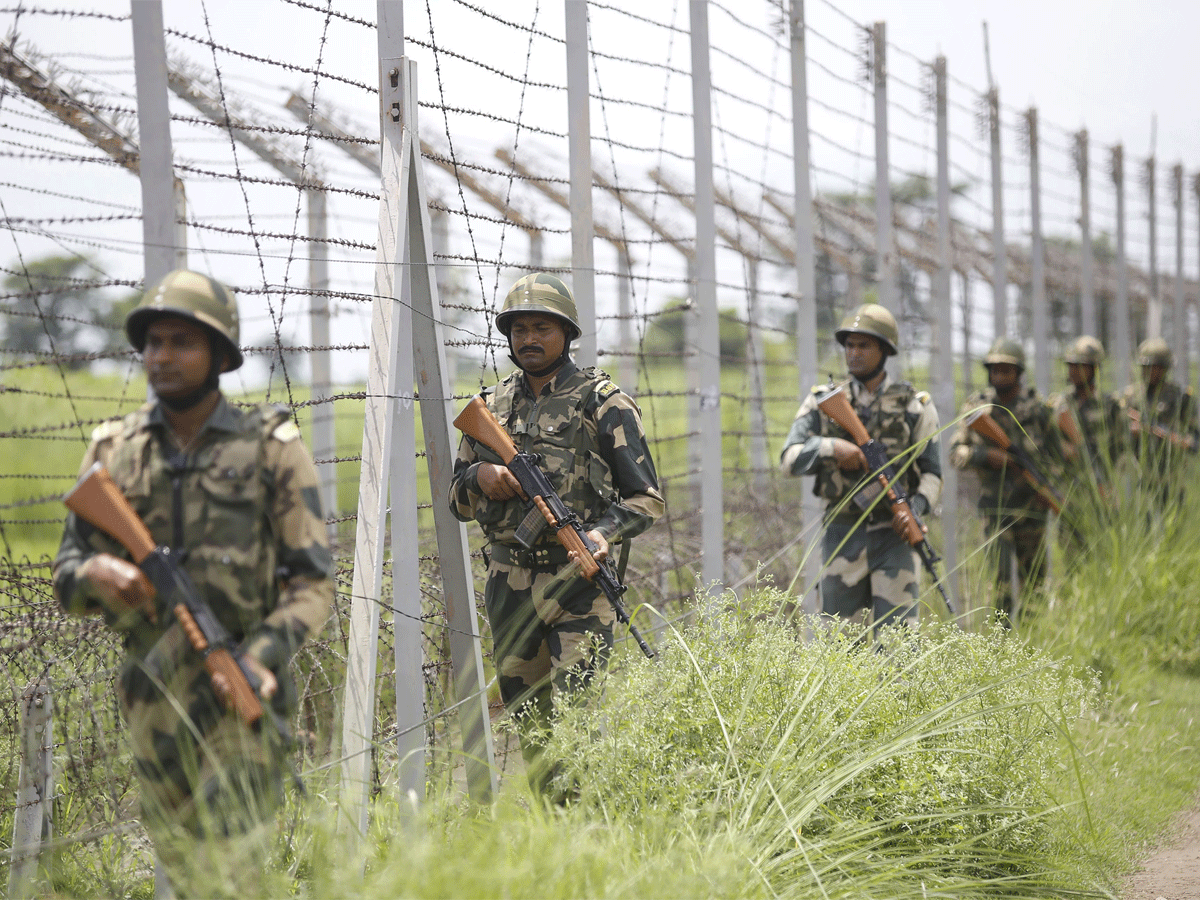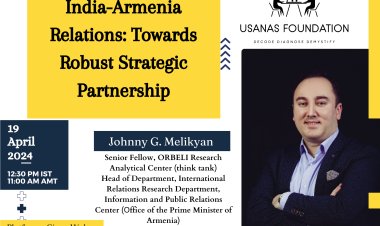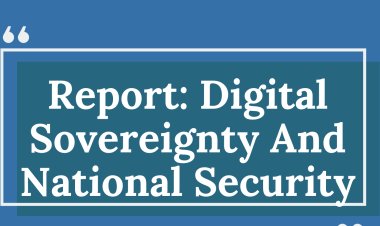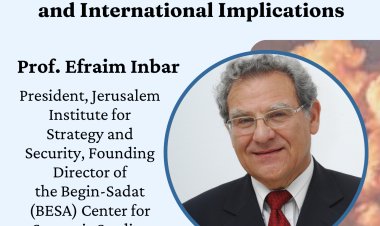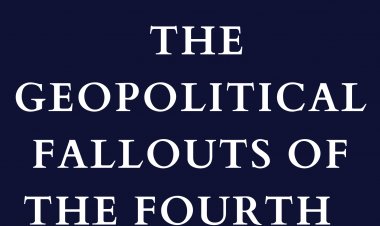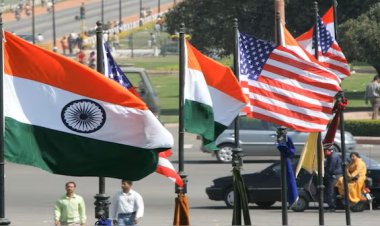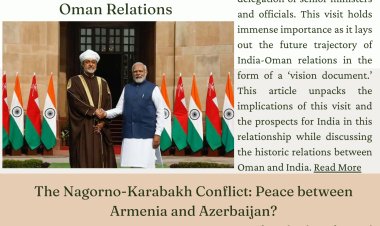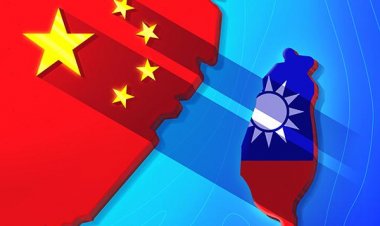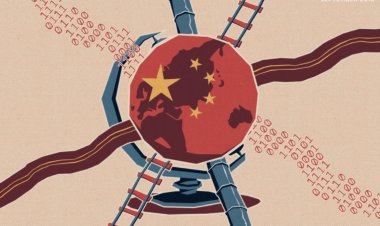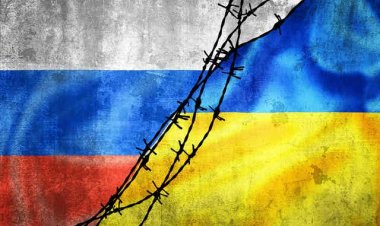Pakistan is Planning a Dangerous Move in Kashmir
ISI thinks India is Vulnerable, and it is time to Show, "we are back in the business."
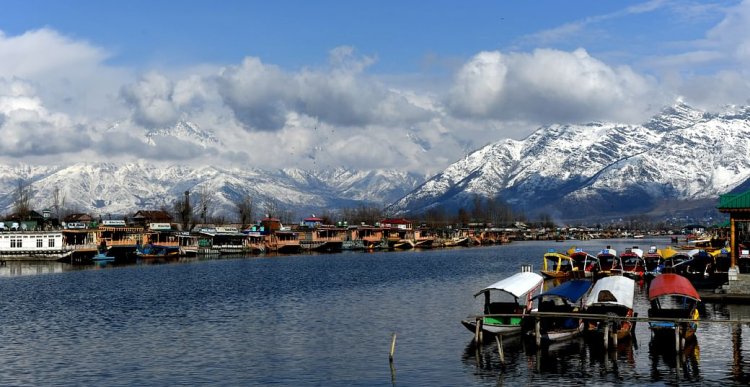
Strategic Forecast
By Abhinav Pandya
In the previous article for the Usanas Foundation, the author analysed India's potential short-term and long-term threats due to the Taliban takeover. Moving beyond strategic forecasting based on the emerging situation in Kashmir and the Afghan theatre, this piece discusses the possibility of Pakistan orchestrating and staging a spectacular terror strike or a large-scale street unrest in Kashmir based on concrete evidence coming from the author's interlocutors' reading of the correspondence between high-ranking ISI officials and GHQ Rawalpindi.
Murmurs in ISI’s Leadership
On the condition of anonymity, one of the author's veteran interlocutors informed that in the recent past, a very senior official from the top-level ISI hierarchy dispatched a top-secret report to GHQ Rawalpindi. The report reasons that India is unlikely to engage Pakistan in any bilateral discussions until 2025-26. This is so because next year (2022), India's most populous and politically critical state of Uttar Pradesh (UP) will face elections. The ruling BJP government will contest elections under its fire-brand and highly popular Chief Minister Yogi Adityanath on the twin pillars of Hindutva and national security. Following that, India will enter into a national election phase from 2023, as the next general election is in 2024. Given BJP's election strategy, which focuses on national security and Hindutva, it is likely to adopt harsh rhetoric against Pakistan. The recent Taliban victory has further added to the popular fears of growing jihadist radicalization and the spread of Taliban-styled extremism to India. Further, the Modi government is also planning to conduct elections in Kashmir as the security situation has improved significantly since August 5, 2019. Besides, following the abrogation of article 370, the overall socio-political discourse is distancing away from separatism and extremism.
Further, the report says if Pakistan sits silently, then by 2025-26, when most likely the Modi government comes back, Islamabad would have ceded much ground to India in Kashmir. Pakistan would be left contemplating irreversible losses. The report conclusively suggests that in consideration of the various factors discussed above, Pakistan needs to give a big push to militancy and street unrest in Kashmir. In addition, the global narrative war against India also needs to be strengthened to turn the global sentiment against India.
Besides, the report argues that India's fears and vulnerability due to confrontation with China provide an excellent occasion to pressure India. Further, the report argues that the Taliban's victory has compounded India's worries and fears. Having reinstated Taliban, Pakistan is safe on the Afghan frontier; hence, it is the best time to conduct something spectacular in Kashmir to signal that Pakistan is back in business and also retrieve the ground lost in Kashmir due to the abrogation of its special status by India in August 2019.
Three Possibilities-
- A medium scale terror strike, or a spate of terror attacks or a large scale strike in Kashmir through newly formed terror groups with local exterior identity, like The Resistance Force and People’s Anti Fascist Force
- Massive street unrest in Kashmir
- A joint China-Pakistan short and swift aggression/incursion combined ramping up terror attacks and street unrest in Jammu and Kashmir
- Communal riots and other forms of disturbance in UP to embarrass India at a global level and create conditions for BJP’s defeat in the upcoming UP elections
Corresponding Developments
Some other ground-level indicators also point to Islamabad's intent of indulging in misadventures. The cadres of the banned extremist group Jamaat-i-Islami, also popularly known as the intellectual arm of Hizbul Mujahidin, have been asked to intensify its activities to mobilize and radicalize people. Reportedly, they have been given a 45 day time period to appoint Nazims (local level coordinators) to ramp up its activities and prepare the people for large-scale social anarchy with massive protests and demonstrations, likely to turn violent at the slightest instigation. The dispersed Jammat leadership has been asked to appoint young individuals as Nazims, and they have been instructed to stay away from displaying Islamic appearances and ways to avoid the scrutiny of security forces. Notably, Jamaat is the engine of radicalization and terrorism in Kashmir. Since they are already banned, there is no accountability and scrutiny, enabling them to work and massively expand under the wraps.
Also, as per the author's informed interlocutors, some terrorist commanders from the PoK were instructing the Kashmir terrorist leaders to stay docile and protect themselves for about a month and—half as after that, "the entire socio-political scenario will change in Kashmir." Apparently, the commander was hinting at some devious machinations of Pakistan's deep-state in Kashmir.
Though Pakistan is still maintaining the Feb 2021 ceasefire agreement in principle, the infiltration attempts have drastically gained momentum after the US withdrawal. Interestingly, they are not backed by ceasefire violations, as was the case in the past. Most recently, from Sept.18 onwards, terrorists made a massive infiltration bid from the Salamabad Nullah in the Uri sector of LoC, the same area where fidayeens of Lashkar attacked an army camp in 2016, which led to retaliatory surgical strikes by India. In the encounters, the SFs killed three terrorists, caught one Lashkar terrorist alive, and recovered a huge cache of arms and ammunition, including five AK47 rifles, nine pistols, and 70 hand-grenades. This is likely an indicator of Pakistan's renewed attempts to infiltrate terrorist cadres to orchestrate something severe in the near future. However, as per some surrendered militants, the recent encounter can also be a diversion tactic to hide another massive infiltration attempt from some other side.
Likewise, in Hurriyat also, one can witness revival trends. Hardliner Masarrat Alam has been appointed its head, and the moderate Mirwaiz faction has reportedly been side-lined.
One can also witness tactical changes in the militancy. Lately (over the last one year), Pakistan has been arming the terrorists with pistols/small arms. Traditionally, the terrorists use the standard AK-47 and advanced assault rifles like AK56 or MP 5. Initially, the Indians security analysts perceived the discovery of pistols as an indicator of a shortage of weapons.
However, it seems that Pakistan has a different game-plan. They are producing a new kind of militants, which the chief army commander in Kashmir valley, Lt. Gen Pandey, addresses as 'hybrid terrorist.' Ordinary radicalised youth will be given pistols/small firearms which they can use when instructed to kill any specific target. After the killing, they can disperse and go back to their normal lives as students and professionals. They will have no declared or known association with any terror group; any record with police or of joining on social media, and they will hide in a plain sight just like normal individuals. They will not display Islamic appearances. This idea is to capitalise the acute levels of radicalisation, alienation and angst among the youth. The current levels of alienation and religious radicalisation has already produced a fertile ground for a massive social unrest. Further Taliban's victory has also emboldened the youth with jihadist and separatist leanings.
Weaknesses of India’s Counter-terrorism Strategy
The Indian SFs' counter-terrorism strategy over the last four-five years has majorly focussed on maximum encounters of militants. The reward money is also a big incentive. However, it has led to massive alienation and anger. Also, posting the non-local officers posted as district police chiefs has also done major damage to the intelligence network established by the local police officers who mostly headed the districts before 2019. The present encounters are mostly based on technical intelligence. Hence, there is an acute dearth of factual and concrete information on infiltration trends and socio-psychological trends and patterns within the terrorist groups. Such information was readily available earlier because the SFs employed the time-tested techniques of infiltration, exfiltration in the organizations, and creating robust assets. In today's scenario, the ‘ground-connect’ is missing. The government's intelligence failure was clearly evident in the case of Pulwama suicide bombing. Over the last few months, many police officials have been shot in broad daylight. Though police claim to be successful in creating new records in neutralizing militants; however it seems they may be clueless about the development beneath the surface.
Apparently, the technical intelligence edge the the Indian SFs were so far having in Kashmir, is also fast running out of steam. Because of the spate of encounters based on technical intelligence, the terrorist groups have also changed tactics. Previously, they were using random applications from google playstore like conion etc. to communicate based on a predecided consensus. However, the SFs could crack them. Since many of those applications were available on google play store, it was not difficult to get information from the companies/servers who owned the apps. However lately, the terrorists are using applications designed in Pakistan and not uploaded on google playstore. That said, if Pakistan plans some large scale terror attack or other forms of sabotage, the Indian authorties may never know about it before or during the execution of the Pakistan’s project.
After the NIA's crackdown on old terror funding methods, GHQ Rawalpindi has changed the strategy, focussing more on Islamist and activist charity organizations based in the US, Canada, and Europe to raise and move money. Besides, Pakistan has also assigned them to fuel anti-India discourse on Kashmir, Sikh, and other human rights issues in the Western capitals. A few key figures include-
After the NIA's crackdown on old terror funding methods, GHQ Rawalpindi has changed the strategy, focussing more on Islamist and activist charity organizations based in the US, Canada, and Europe to raise and move money. Besides, Pakistan has also assigned them to fuel anti-India discourse on Kashmir, Sikh and other human rights issues in the Western capitals.
- Faheem Kayani (PoK citizen, president of Tahreek-e-Kashmir, currently living in UK)
- Mushtaq Geelani- Executive Director of Peace and Justice Forum, previously his organisations the Canadian Kashmir Council was suspended by Canadian spy agency, CSIS. In Canada, Relief Organization for Kashmiri Muslims (banned in 2017) have also been tasked with international propaganda and fund raising.
- Nazeer Quraishi – Currently in Europe and associated with World Kashmir Freedom Movement
- Azeem Ashai alias Tony Ashai- Old JKLF (Jammu-Kashmir Liberation Front) hand, based in the US.
- Nazeer Shawl- APHC representative in Islamabad
- Zafar Quraishi- Kashmiri with British nationality. He works with Ranjeet Singh, a Khalistan activist involved in creating the Sikh referendum 2020 in Europe.
Abhinav Pandya is the founder and CEO of Usanas Foundation, an India-based geopolitical and security affairs think-tank.
Disclaimer: This paper is the author’s individual scholastic contribution and does not necessarily reflect the organisation’s viewpoint.
This is a strategic forecast based on information from interviews with the author's informed interlocuters and his field research in kashmir.

